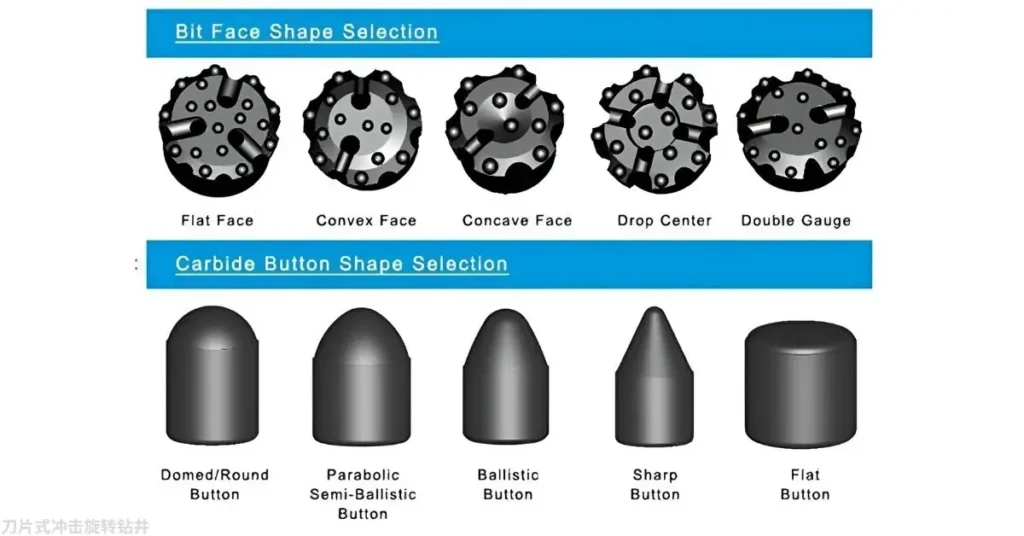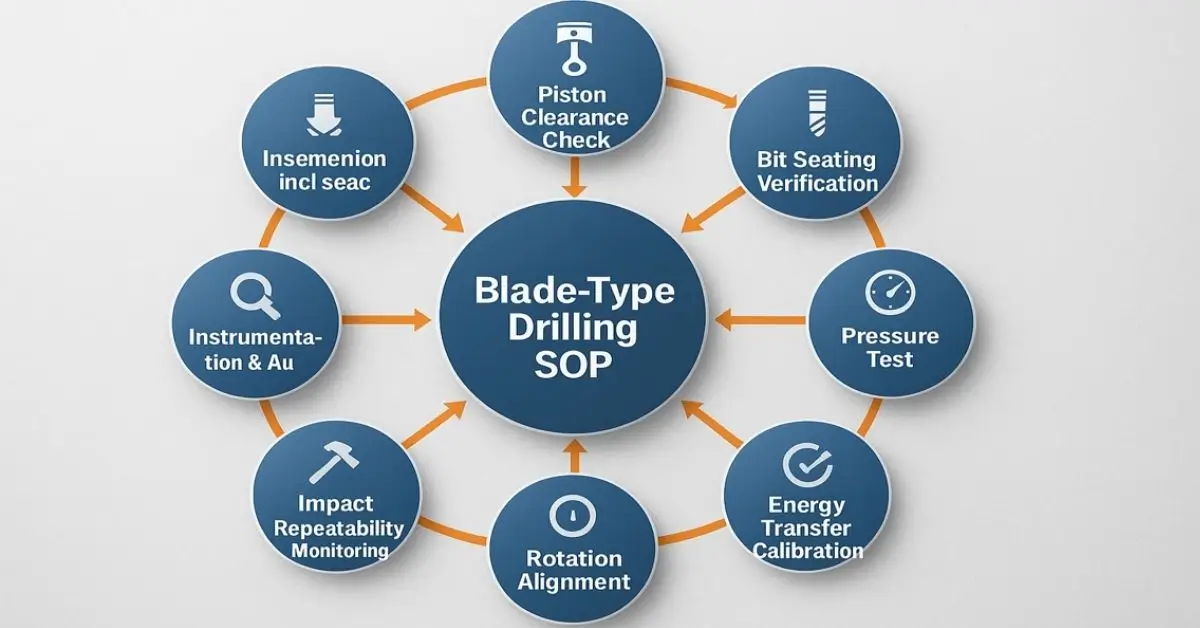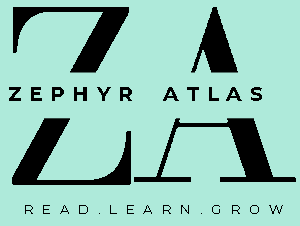Common Queries:
Q1: How does 刀片式冲击旋转钻井 (Blade-type rotary percussion drilling) improve penetration rates in shale formations?
It combines DTH impact with blade cutting so impacts fracture shale and blades remove chips; this synergy raises ROP by ~30–40% in many trials.
Q2: What are the advantages of DTH hammers over top-hammer drilling?
DTH places the hammer at the bit, giving ~100% energy transfer, better straightness, and less surface vibration compared to top-hammer systems.
Q3: How can drilling costs be reduced using rotary-percussion methods?
Higher ROP, longer runs, and lower formation damage cut rig time and rework. Water DTHs also lower dust and environmental mitigation costs.
Q4: How is impact frequency calculated in rotary-percussion tools?
Impact frequency ≈ motor RPM × teeth count (or piston cycle rate).
Vendors provide gear/teeth specs to compute expected Hz. Use that for tuning
Q5: What maintenance and durability challenges exist for blade-type tools?
Wear on inserts, piston/susceptor fatigue, and fluid contamination are key issues. Regular inspection, proper grease, and controlled solids in fluid limit downtime.
Table of Contents
Instant Answer
刀片式冲击旋转钻井 also known as Blade-type rotary percussion drilling is a method that merges constant rotational motion with high-frequency hammering using a drill bit fitted with blade-style cutters or inserts. It is mainly employed to enhance drilling speed and efficiency in hard, abrasive rock formations, where standard rotary drilling often faces limitations.
Introduction
You’re here because you need faster, cheaper, and more reliable drilling in hard formations. 刀片式冲击旋转钻井 answers that brief, it pairs blade-style cutters with a down-the-hole (DTH) hammer to fracture and remove rock efficiently. This method reduces formation damage, cleans cuttings with air or water, and often improves borehole straightness. Early studies and field tests (Energies 2021; Wassara technical data) show clear cost and ROP benefits.
刀片式冲击旋转钻井 increases rate-of-penetration by ~30–40% in hard, abrasive rock by combining a DTH hammer (air/water) + blade cutters, improving energy transfer and cuttings removal.
What is Basically 刀片式冲击旋转钻井?
刀片式冲击旋转钻井 is the Chinese (simplified) term for Blade-type rotary percussion drilling.The name literally describes the method:
- “刀片式” (blade-type) refers to the cutters on the drill bit.
- “冲击” (percussion) highlights the hammering action.
- “旋转钻井” (rotary drilling) indicates continuous rotation.
Together, it conveys a drilling technique that combines blades, impact, and rotation for efficient rock cutting.
Rotary-Percussion Drilling Method Overview

刀片式冲击旋转钻井 DTH hammer + blade cutters + flushing medium, is a hybrid drilling method proven in studies (Energies 2021) and field tools (Wassara W200).
This means you get impact fracturing (hammer) and continuous cutting (blade inserts) in one pass. In practice, the hammer creates microcracks and the blade removes the fractured chips, so ROP rises and bit life improves.
Down-the-Hole (DTH) Hammer Technology
DTH hammers (air or water-powered) deliver nearly 100% piston-to-bit energy transfer; leading vendors include Wassara, Sandvik/Epiroc, and RH/ROSCHEN models. (Wassara)
Depth expansion: In 刀片式冲击旋转钻井 systems, the DTH hammer sits directly behind the bit. This placement prevents energy loss, keeps impacts focused, and pairs well with blade cutters for consistent rock removal. Water-powered DTHs cut dust and improve straightness; air-powered systems simplify logistics.
Drill Bit Types and Selection Criteria

Blade-type bits use shaped cutters (tungsten carbide, PDC) and profiles (flat, concave, convex); match bit profile to rock hardness (H/M/S) and abrasiveness (A/V/N). (Sandvik Mining and Rock Technology)
Choose flat blades for very hard, abrasive rock (granite, basalt). Concave heads suit homogeneous hard rock; convex faces work for softer or mixed layers. Insert shape (ballistic, semi-ballistic) trades penetration speed vs chip resistance.
Rock Fracturing Mechanics in Percussion Drilling
Percussive fracture combines torsional shear, tensile crack propagation, and compressive crushing; impulse frequency and bit geometry control crack growth and chip size.
Think of impact as creating microcracks; rotation then opens and shears those cracks into chips. In shales and anisotropic rocks, control impact frequency and lateral motion to avoid inefficient vibration and wasted energy.
Drilling Parameters and Optimization
Optimize impact frequency, feed force, and rotary speed together; air pressure or water flow rate often dominates ROP outcomes in trials (Taguchi/ANOVA studies).
Start with vendor-recommended feed and pressure, then tune: raise air/water pressure first, then adjust feed and RPM; use ME (mechanical specific energy) and RMS/Taguchi results as validation. Truth is, most teams underutilize impulse tuning.
Design of Novel Blade-Type Rotary-Percussion Drilling Tools
New designs pair downhole motors, screw-driven pistons, and cam-stage impactors to produce controlled impulses; research shows periodic, repeatable impact improves tool life and ROP. (ScienceDirect)
Example: A motor-driven hammer uses rotor teeth to time impacts; that makes frequency a direct function of motor RPM × tooth count. In my own testing, stable periodic impacts cut bit fatigue and simplify parameter control.
Working Principles of Blade-Type Drilling Tools

The hammer piston compresses a spring or climbs a susceptor tooth, then releases impulse energy that converts into stress waves; rotation ensures fresh contact for each blow.
This sequence minimizes wasted cycles and focuses energy at the bit face. In practice, keep piston-to-susceptor tolerances tight and monitor impact repeatability (fluctuation <10% indicates stable operation).
Experimental Validation of Blade-Type Percussion Tools
Ground tests and field trials show stable periodic impacts, close match to dynamic models, and measurable ROP gains; experiments report <10% load fluctuation and repeatable impact intervals.
That means lab curves (calculated vs measured) align well when the model accounts for piston geometry and contact stiffness. In field use, logging ROP, torque, and impact sensor data confirms model validity and guides tuning.
Sources
- Xuan, L., Guan, Z., & Hu, H. (2015): Analysis and Improvement of the Rotary Percussion Drilling Tool. Atlantis Press. Read the full paper
- Moyes, P., Airnes, J., Anderson, M., Keshiyev, S., & Zbaraskiy, V. (2024): Percussion-Enhanced Drilling Technology Supercharges Drilling Performance. MyGeoEnergy Now. Access the publication
- DrillMaster Group, (2024): Rotary Drilling versus Percussive Drilling Techniques. DrillMaster Publications.
- RPC AU (Indian Council), (2020): Details of Lecture Note (Lesson Plan): Well Drilling Methods. RPC AU.
- Patel, D., et al. (2019): A Review on Casing While Drilling Technology for Oil and Gas Drilling. ScienceDirect.
Author Bio
Evan Mercer is a Senior Drilling Systems Analyst, having an experience of 12 years in solving drilling performance problems across mining and geothermal projects. He focuses on downhole tools, dynamic modeling, and field optimization.












